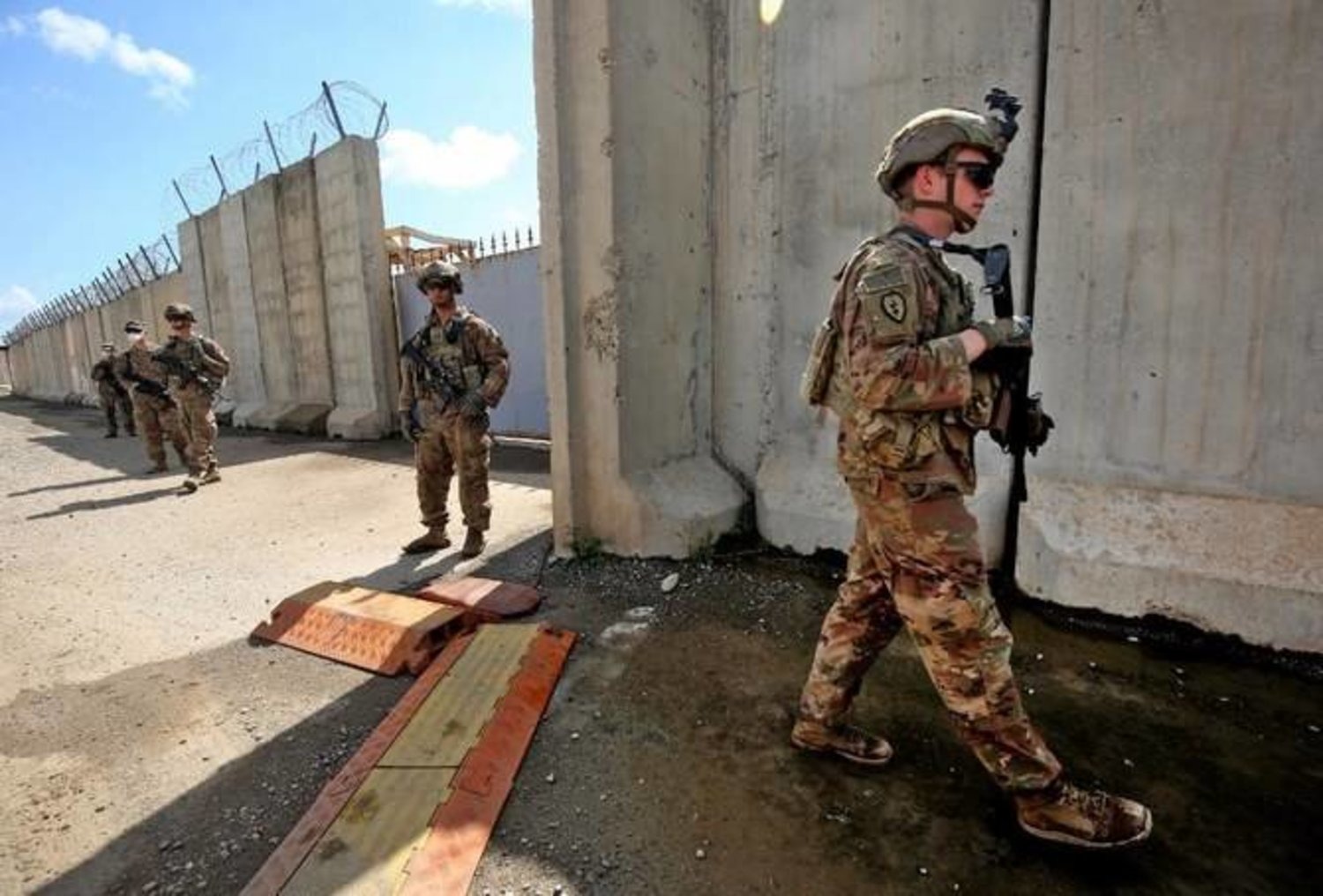In the complex geopolitical landscape of the Middle East, Iraq finds itself navigating increasingly precarious terrain as tensions escalate between Iranian-backed groups and American forces stationed in the country.
Iraq has long managed a delicate balancing act, allowing armed forces affiliated with both the United States and Iran to operate within its borders—this unusual arrangement endured during the shared goal of defeating the Islamic State terrorist group.
However, recent months have witnessed growing friction as conflicts in the Gaza Strip reverberate throughout the region, leading to repeated clashes between American and Iranian-backed forces in Iraq and Syria.

A U.S. strike on one of these militias resulted in the deaths of 16 Iraqis, prompting Iraq to voice its dissatisfaction. In response, the office of Prime Minister Mohammed Shia al-Sudani issued a stern statement on Sunday, declaring, “Our land and sovereign authority is not the right place for rival forces to send messages and show their strength.”
For years, Iraq had accommodated both Iranian and American interests within its government, with the coexistence of Iranian-backed armed groups and U.S. troops, albeit in an uneasy equilibrium.
The dynamics started shifting in 2020 when the United States conducted a drone strike that killed General Qassim Suleimani, a top Iranian security and intelligence commander, during his visit to Iraq. Suleimani’s death, a revered figure in Iran, intensified Iranian efforts to oust U.S. military presence from Iraq.
Despite these pressures, Iraqi leaders resisted the push for an American withdrawal, revealing internal divisions over which direction Iraq should lean.
Even after parties close to Iran formed a government in 2022, a notable disparity emerged between public statements expressing a commitment to a balanced approach and private sentiments within Iraq’s leadership regarding the United States.
The delicate equilibrium that Iraq had maintained for years appears increasingly strained as regional conflicts and power struggles reshape the geopolitical landscape.


